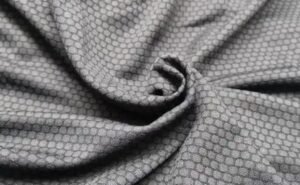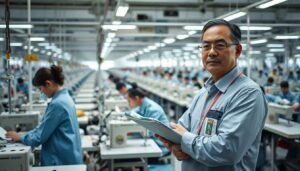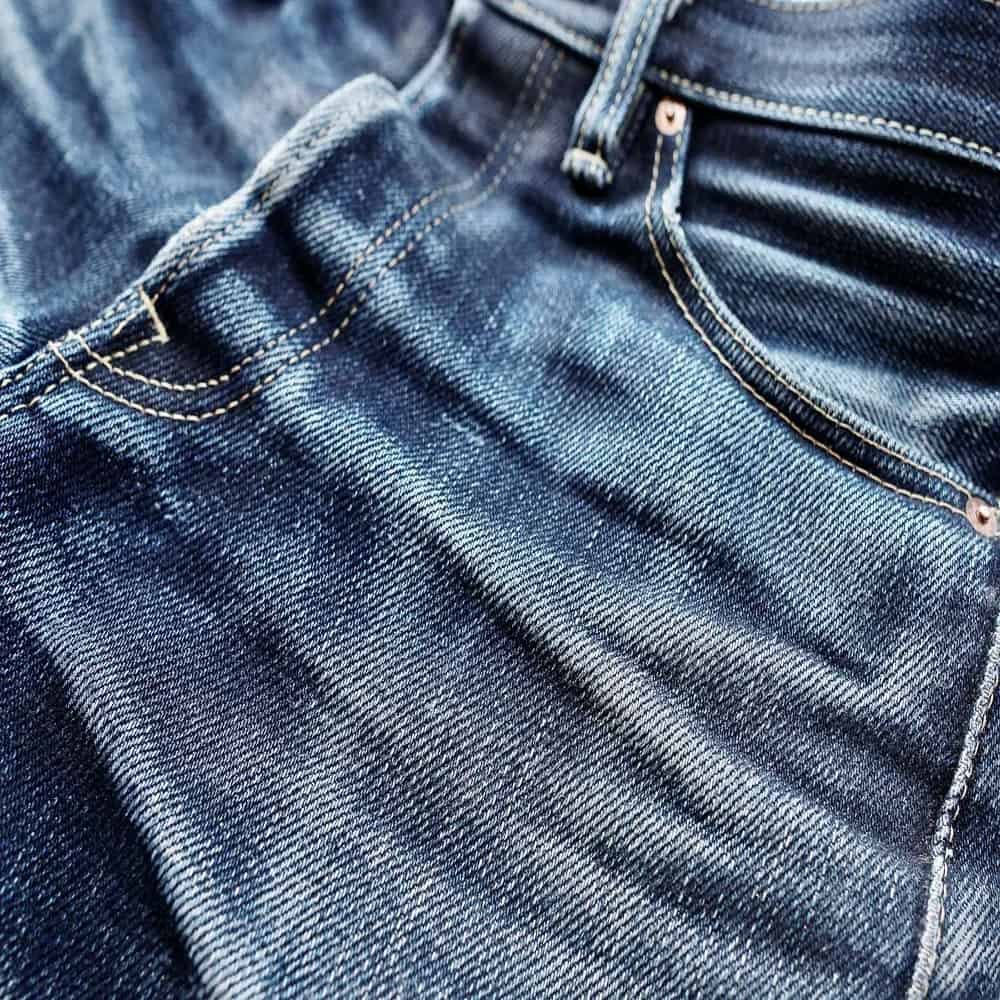
Denim is a sturdy cotton fabric that is typically woven in a twill pattern, which creates a diagonal ribbing on the fabric’s surface. The fabric is known for its durability and is often used to make jeans, jackets, and other sturdy clothing items. Denim fabric can come in different weights, from lightweight to heavy, depending on the intended use. It also comes in a variety of colors, but the classic denim color is a blue shade that comes from indigo dye.
What are the different types of denim dyes?

Denim fabric is typically dyed with indigo, which is a natural blue dye obtained from the leaves of the indigo plant. However, there are other types of denim dyes that are used to create different colors and effects. Here are some of the different types of denim dyes:
- Synthetic indigo: Synthetic indigo is a chemical compound that is used to create a darker and more consistent shade of blue than natural indigo.
- Sulfur: Sulfur dyes are used to create a range of colors from beige to black, and are often used to create the “vintage” or “aged” look of denim.
- Reactive dyes: Reactive dyes are a type of dye that chemically bond with the cotton fibers in denim, creating a strong and long-lasting color.
- Pigment dyes: Pigment dyes are not absorbed by the cotton fibers in the same way as other dyes, but instead adhere to the surface of the fibers. They are often used to create bright and bold colors, as well as for garment dyeing after the denim fabric has been cut and sewn.
- Overdye: Overdyeing is a process of dyeing already constructed denim garments with a new color, usually with synthetic or natural dyes. This creates a unique color and texture to the garment.
These are just a few examples of the different types of denim dyes that are used in the production of denim clothing. The choice of dye depends on the desired color, texture, and overall look of the denim fabric.
How is denim fabric made?
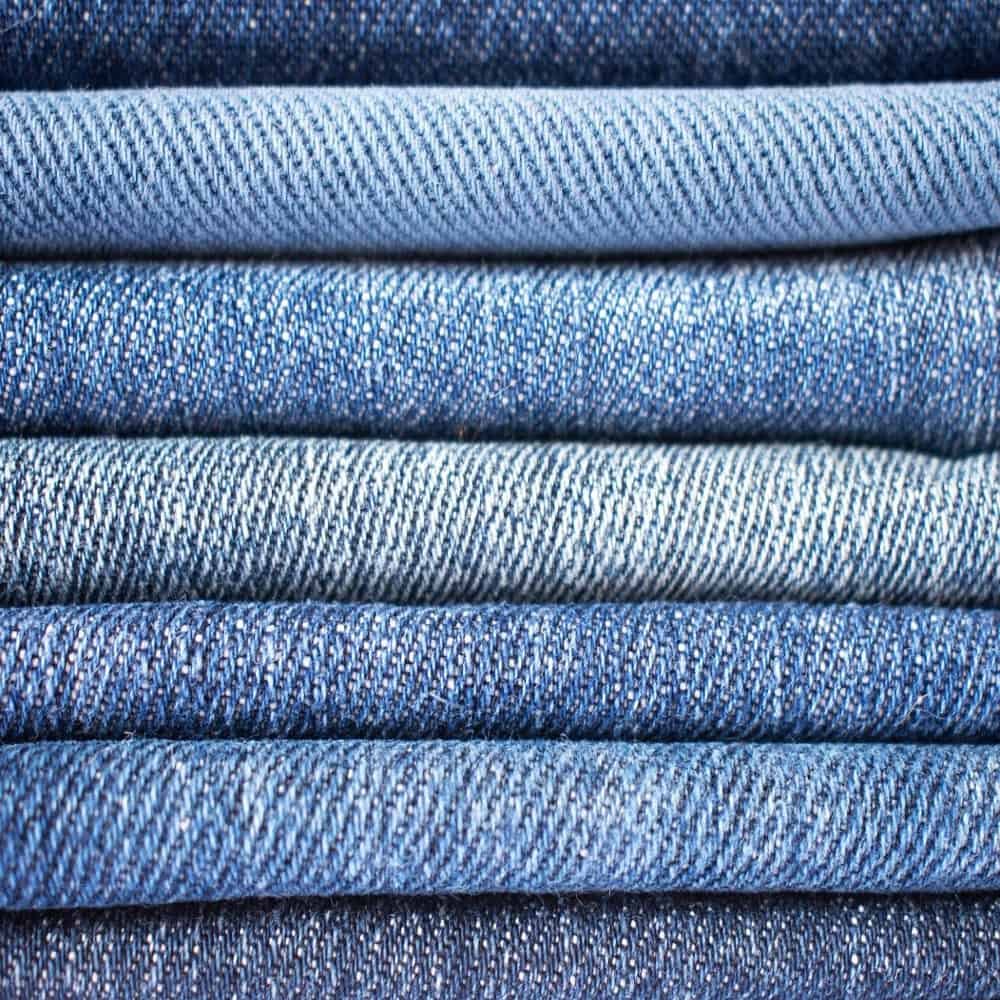
Denim fabric is a sturdy cotton twill fabric that is typically used for jeans and other durable clothing items. Here are the basic steps involved in making denim fabric:
- Cotton cultivation: The process of making denim fabric begins with growing cotton. Cotton plants are typically grown in warm climates and are harvested when the cotton bolls (the fluffy fibers that surround the seeds) are fully mature.
- Spinning: The cotton fibers are then spun into yarn. This involves twisting and drawing out the fibers to make them longer and thinner.
- Dyeing: The yarn is then dyed using indigo dye. This is what gives denim its characteristic blue color. The yarn is typically dipped into a vat of indigo dye multiple times to achieve the desired depth of color.
- Weaving: The dyed yarn is then woven into fabric using a twill weave. This involves interlacing the yarns in a diagonal pattern, which creates the distinctive diagonal ribbing pattern that is a hallmark of denim fabric.
- Finishing: Once the denim fabric is woven, it is typically washed and treated to give it its desired texture and appearance. This might involve stonewashing, sandblasting, or other techniques to create a distressed or vintage look.
- Cutting and sewing: Finally, the denim fabric is cut and sewn into the finished garment, whether that’s a pair of jeans, a jacket, or another clothing item.
Overall, the process of making denim fabric involves several steps, from growing and spinning the cotton fibers to dyeing, weaving, and finishing the fabric to create the desired texture and appearance.
What are the advantages and disadvantages of denim?
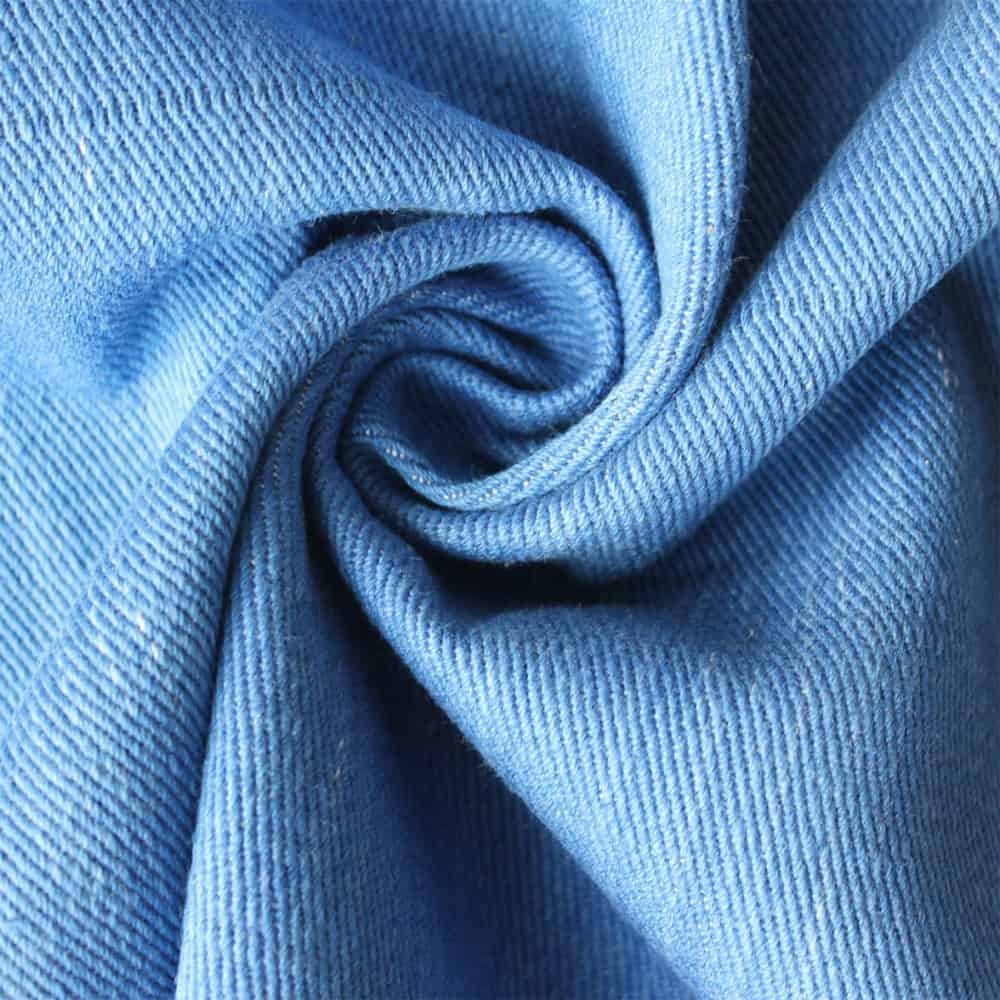
Denim is a sturdy cotton twill fabric that has been popular for centuries due to its durability and versatility. Here are some advantages and disadvantages of denim:
Advantages:
- Durability: Denim is a very strong and sturdy fabric that is resistant to wear and tear. It can withstand frequent washing and heavy use, making it ideal for use in jeans, jackets, and other clothing items.
- Versatility: Denim is a versatile fabric that can be used for a wide variety of clothing items, from jeans and shorts to dresses and skirts.
- Timeless style: Denim has been a popular fashion choice for many years, and it remains a timeless style that is always in fashion.
- Easy to care for: Denim is easy to care for and can be washed in a machine with other clothes. It also does not require ironing, making it a low-maintenance fabric.
Disadvantages:
- Heavy: Denim can be a heavy fabric, which can make it uncomfortable to wear in hot weather or for long periods.
- Stiffness: New denim can be stiff and uncomfortable to wear until it is broken in. It may require multiple washes and wears before it becomes soft and comfortable.
- Fading: Denim can fade over time with repeated washing, which can make the fabric look worn and faded.
Environmental impact: Denim production can have a significant environmental impact due to the large amount of water and chemicals required in the manufacturing process. Additionally, the use of non-biodegradable dyes can also be harmful to the environment if not disposed of properly.



